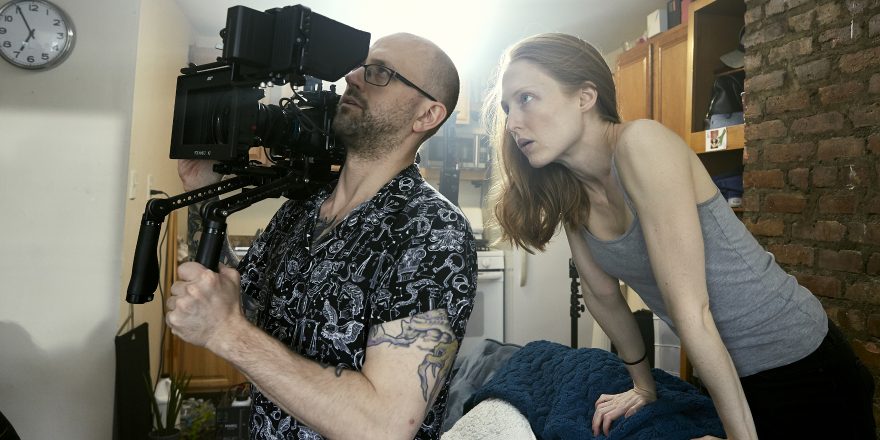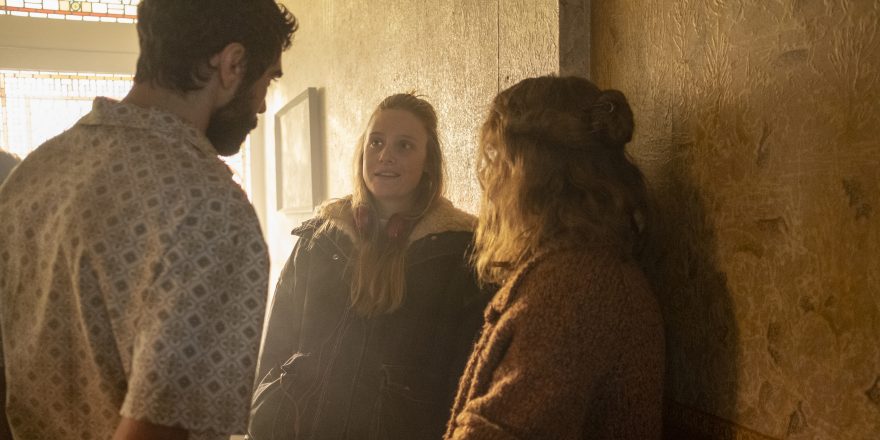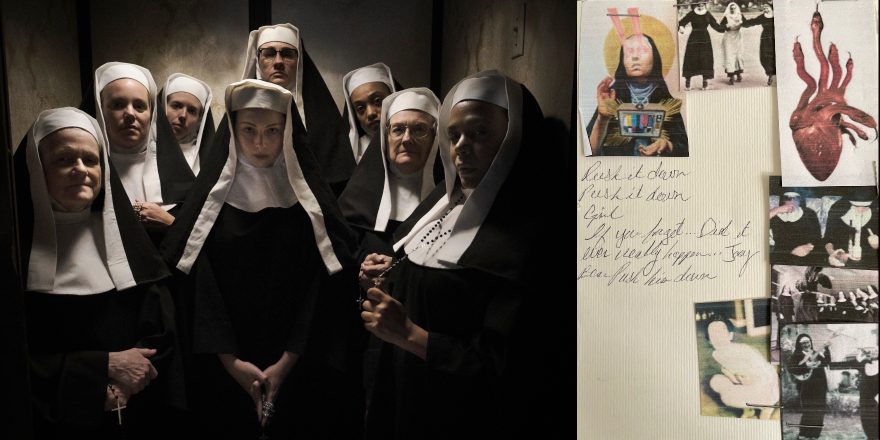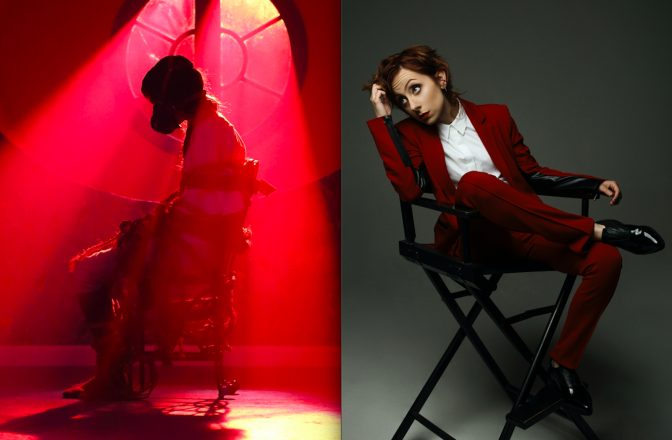I was an imposter. At least, that’s what it felt like. The first day I started training at the Royal Academy of Dramatic Art in London, I realized I was the only American in my class. I was surrounded by the most gorgeous accents from around the U.K., voices that already sounded appropriate for the next Pride or Prejudice remake (or James Bond film, for that matter). And as I sat there in this ocean of pedigree, an 18-year-old girl from South Carolina still trying to phase out the word “y’all” from my vocabulary, all I could think was, “I shouldn’t be here. They’ve made a huge mistake.”
Thankfully, this feeling lessened during my three years at RADA. I adopted the standard British R.P. dialect (as recommended by my speech teacher), performed Shakespeare with the best of them and graduated with a diploma that remains one of my most prized possessions. But regardless of the world-class training and the diploma that was proof of my hard work, I still felt like an imposter.
That is, until I became a filmmaker.
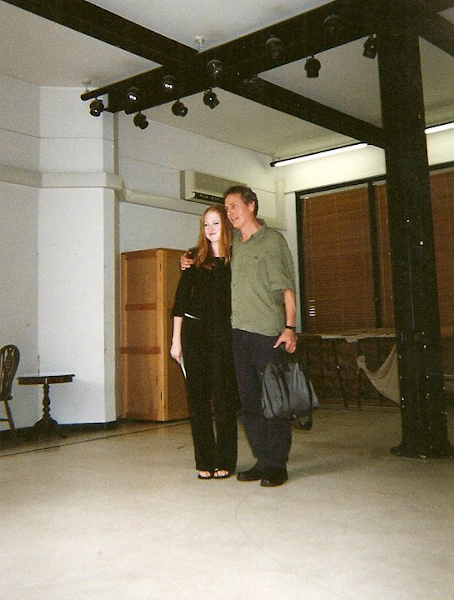
Don’t get me wrong, I love being an actor. But once I entered the ruthless reality of New York City, I realized I was completely beholden to casting directors for jobs. I’m not complaining, mind you. This is how things should be. Casting directors are the unsung heroes in filmmaking, in my opinion. But I had an incredibly hard time hitting my stride. I couldn’t figure out where I fit in.
My manager at the time told me to write out a list of “types” I could play, saying, “Don’t take this the wrong way, but you don’t seem like a strong person. You’re delicate. Fragile. You should stick to softer character types like ‘the wife,’ ‘the young mother,’ ‘the damsel.’ Maybe even a British maiden in period pieces, since you can do the accent.” And after I listened to her advice, I promptly dropped her as my manager and started writing my own scripts.
The first time I opened Final Draft and wrote a scene, I felt like the world had completely changed. I wasn’t looking at audition sides anymore, I was looking at something I actually created. I remember deleting some of the dialogue and rewriting it slightly differently, just because I could. And I immediately burst out laughing. Because I was in control for the first time. It was a rush. It was fun. It’s what I felt when I first started acting – the pure joy of telling a story. Because when I write, I get to set my own rules. I get to create an entire world and all of the people in it. I get to play all of the parts. And I get to write dialogue that I would actually want to say out loud.
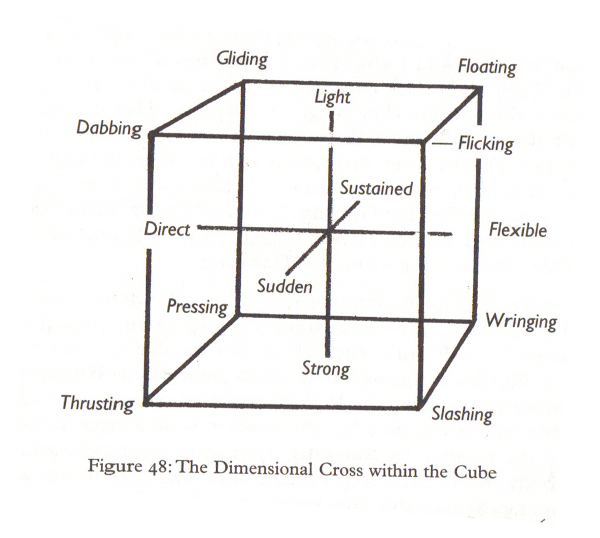
As an actor, I’ve spent a lot of my career trying to make badly written dialogue sound better. And now, as a screenwriter, I have a deal with myself regarding dialogue – I won’t write it if I wouldn’t want to say it myself. Simple as that.
Acting and writing are so similar in my mind that it’s sometimes hard for me to separate them. Obviously, acting requires a performance of some kind and writing requires the creation of a written document. But they’re innately very similar. And they both might seem quite ephemeral at times, but they both have a structure. And finding that structure is the key to success in both acting and writing.
The wonderful screenwriter Craig Mazin, who wrote the HBO series Chernobyl, defines screenplay structure in a beautifully succinct way. He says, “Structure is a symptom of a character’s relationship with a central dramatic argument.”
That’s a lot to process.
So I’ll repeat what he said:
“Structure is a symptom of a character’s relationship with a central dramatic argument.”
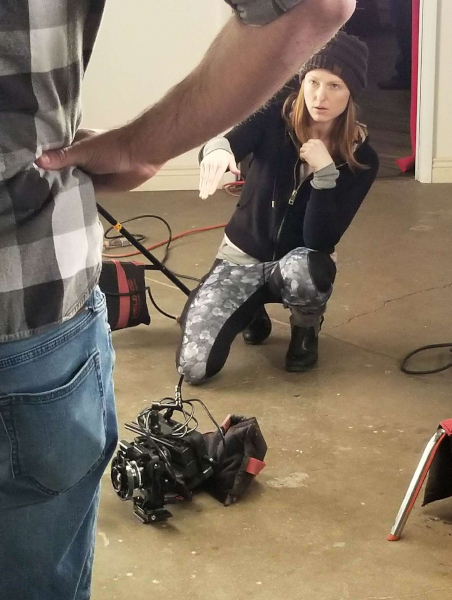
This means that the structure of a screenplay must follow a character’s wants and needs as they relate to the dramatic premise of a film, not the other way around. Characters aren’t on a treadmill, pushed inexorably from one plot device to another. They’re real! Or they have to at least seem real for the audience to relate to them. They must seem to have autonomy and free will so that their actions mean something to the story. Those actions actually create the story and the structure falls in line around that. It’s pointless to create a structure and then force your character to fit inside of it. What if they feel like doing something else? What if you create a character so vibrant and realistic that they refuse to fit into your neat structure? Then you’re starting to write something interesting.
Writing exciting characters with autonomy feels just like acting to me. Because when I act, I have to create the illusion that I’m making decisions, even though I’m following a script. I have to convince the audience that I’m a real person, making real choices and having real emotions. And if I do a good job, the audience might forget that I’m acting. And they can watch the character I’m playing experience the arc of a story. They can watch a human being change internally, interpersonally and externally. And that’s why we all go to the movies in the first place. To watch people change.
Sometimes, I’ll employ my acting training directly into my writing. There’s a fantastic movement methodology I studied in school called Laban theory. It’s a way of visualizing and documenting human movement. The system is broken down into four categories of efforts: space, weight, time and flow. This may sound complicated, but basically it allows an actor to make very specific movement choices that can lead to character development.
For example, if I’m writing a character who is lower class and works construction, that character likely won’t bounce and skip to and from work each day. That character will carry a weight on his shoulders, both literally and figuratively, and he’ll move according to the realities of his life. In Laban terms, I might think of this character as having very direct, heavy, bound and sustained movements. And by writing these movement qualities into the script, I’m giving the actor clues about how to play the character. I don’t have to write, “He’s tired and fed up as he goes to work.” Those aren’t helpful pieces of writing or direction. Those are simplistic, result-oriented demands that are never helpful for an actor. That’s a structure you’re imposing on an actor that restricts rather than empowers.
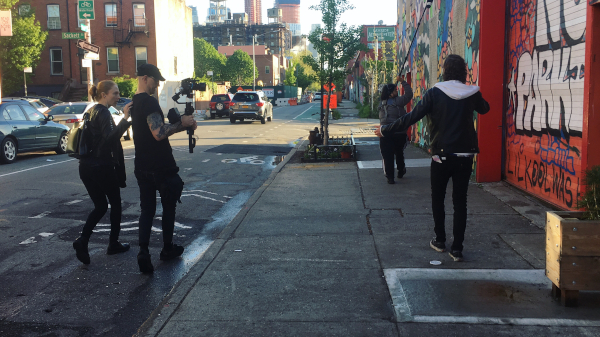
Instead of writing, “He’s tired and fed up as he goes to work,” I might write something like, “He moves slowly, as if his bones are made of stone. Heavy eyelids hang over bloodshot eyes as he groans towards the front door.” The latter description includes playable things for an actor. The actor can imagine what it feels like to have bones made of stone, and how tough it would be to take even a few steps with a skeleton like that. And the actor can imagine what it’s like to have heavy eyelids. The physical act of making your eyelids heavy inspires a feeling of tiredness. Often when I write these movement descriptions into a script, the actor can interpret them as he sees fit. He can “find” the character’s body by feeling these qualities in his own movements. This process gives him agency and a sense of authorship in the film, which he deserves. Ultimately, physical direction like this results in playable moments. And playable moments are filmable moments.
But more than anything else, acting helps me write because I can “audition” dialogue immediately. Sometimes I’ll record myself speaking the lines of a scene, playing each character. These are incredibly embarrassing audio notes that I wouldn’t share with anyone, but they give me a sense of rhythm and flow. I know what choices actors might make in certain scenes, so I can test the scenes for myself before handing them over to anyone else. And because I know so many actors, I’ll hold readings of my scripts with my friends. This is truly the best tool for understanding my writing. Because a script is a blueprint. It’s not a book. It’s not meant to live on a shelf. It’s meant to jump off the page and live, and holding readings is my favorite way of “testing” material before it goes to production.
When my partner Justin Brooks and I work together, this process is very similar. This process of “auditioning” material happens constantly. We’ve both choreographed tons of fight scenes in our careers, so sometimes we will “fight” a scene out in our house. (And yes, we look absolutely insane when we do this.) I’ll be on the ground with his hands around my neck, yelling “RUN! Just GO!!” (or whatever line is in the scene). And moments later, I’ll dash to my computer to write down what we just rehearsed. It’s a blast! It’s physical. Writing is physical. It’s engaging and fun. And I think our work shines because of our somewhat atypical workflow.
When Justin and I co-wrote and co-directed our debut feature film Alone with You, this process was very similar. Because I played our main character, we rehearsed her actions and scenes as we wrote them. Writing and acting became intertwined more than ever for me in Alone with You. They became the same process. And I was able to memorize lines more easily than ever, because every line felt grounded and motivated. That’s because our workflow was so immediate and instinctual.
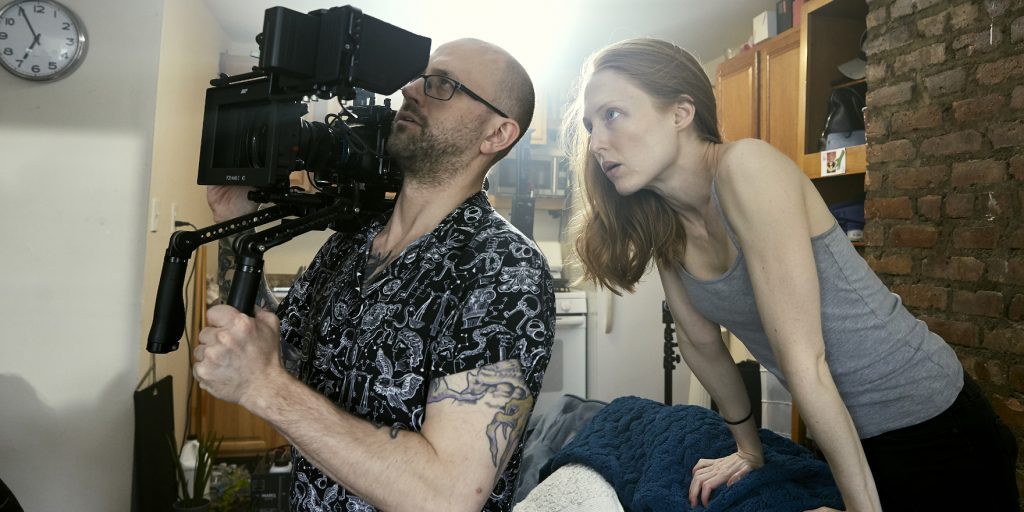
This collaborative process extended to our brilliant supporting cast as well. The legendary Barbara Crampton had a tremendous amount of input into her character. And why shouldn’t she? After all, the character can’t exist without her. By involving her feedback into our writing and directing process, we tailored the character to her. This grounded the character in reality and led to a more honest and organic performance. She truly shines in the film, as do all of our supporting cast members. Dora Madison brought an insanely awesome sense of humor to the film that we encouraged and fostered. And Emma Myles brought a gravity and darkness that both surprised and delighted us. We encouraged each actor to bring herself to the role, and the film is better for that. Their acting became part of our writing, and our writing was influenced by their acting.
So, after much trial and error, I finally figured out how I fit in the acting and filmmaking world: I don’t. But that’s OK. And I don’t know whether I will ever truly stop feeling like an imposter. But honestly, I don’t mind it anymore. It keeps me on my toes. It keeps me hungry. And it keeps me working my butt off to be the best artist I can be, every single day. I’m a professional actor, a repped screenwriter and a feature film director. And I’m grateful for all of it.
Featured image of Emily Bennett and Justin Brooks by Keith Barraclough. All images courtesy Emily Bennett.



